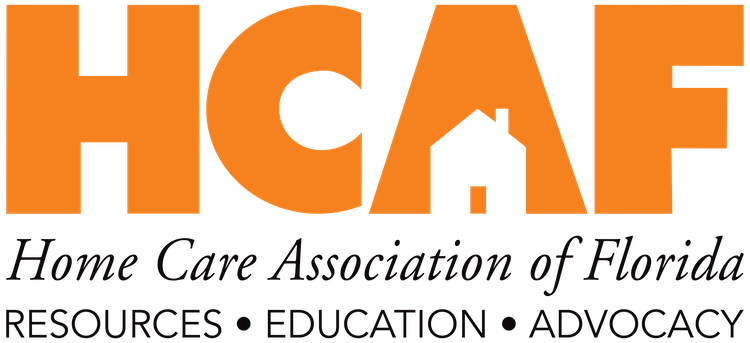MedPAC Releases 2024 Data Book on Health Care Spending and Medicare Program

MedPAC Releases 2024 Data Book on Health Care Spending and Medicare Program
The Medicare Payment Advisory Commission (MedPAC) has unveiled its annual data book, Health Care Spending and the Medicare Program. This chart book offers comprehensive tables and graphs that describe the Medicare program, its beneficiaries, their utilization of health care services, and Medicare’s payment systems. MedPAC also produces occasional data books on selected topics. This latest publication provides valuable insights into Medicare spending, beneficiary demographics, access to care, and quality within the program.
Key Insights from the 2024 Data Book
- Trends in Home Health Agencies: Between 2018 and 2023, the number of home health agencies participating in Medicare increased from 11,556 to 12,057, reflecting a modest growth of 0.9%. This increase is primarily concentrated in California; excluding this state, the number of agencies actually declined by approximately 2% over the same period. From 2022 to 2023 alone, there was a 3.4% rise in the number of home health agencies.
- Medicare Fee-for-Service (FFS) Home Health Spending: Medicare FFS spending on home health care decreased from $18.6 billion in 2011 to $16.4 billion in 2022. Despite this reduction, home health care remains the most common post-discharge setting for post-acute care (PAC). However, the number of beneficiaries utilizing FFS-covered home health care fell by 6.3% in 2022. This decline is attributed to a decrease in FFS Medicare enrollment and a reduced share of beneficiaries using home health services. When adjusted for the drop in FFS enrollment, there was a 1.3% decrease in 30-day home health periods in 2022.
- Shifts in Service Delivery: The average number of in-person visits per home health user decreased by 3.5% from 2021 to 2022. The expansion of telehealth services during the public health emergency, which the Centers for Medicare & Medicaid Services (CMS) later made permanent, may have influenced this trend. However, data on the volume and type of telehealth services provided by home health agencies during this period is not yet available. Since July 1, 2023, agencies are required to report telehealth visits on Medicare claims, providing better insight into service provision.
- Characteristics of Home Health Periods of Care: A significant portion of home health periods, approximately three-quarters, were "community-admitted" rather than preceded by hospitalization or institutional PAC stays. The proportion of early versus late home health periods remained relatively stable from the previous year, with no major shifts in case mix by clinical payment group.
- Financial Performance of Home Health Agencies: Freestanding home health agencies reported a robust aggregate Medicare margin of 22.1% in 2022, consistent with high margins observed since the introduction of the Prospective Payment System (PPS) in 2000. Agencies serving urban populations had a margin of 22.2%, while those serving rural areas had a margin of 21.8%. For-profit agencies, which make up over 90% of the sector, had an average margin of 23.5% compared to 15.8% for non-profit agencies. Agencies with higher volumes of 30-day periods also demonstrated higher margins.
- Quality of Care Metrics: The median discharge-to-community rate for home health care was 79.3% for the period from January 1, 2021, to December 31, 2022. For-profit providers had lower median discharge rates compared to hospital-based providers. Additionally, the rate of potentially preventable readmissions was 3.88% for the 30-month period from July 1, 2020, to December 31, 2022, with minimal differences across ownership types or facility categories.
For a deeper dive into the data, click here to download the data book.
Powered By GrowthZone
